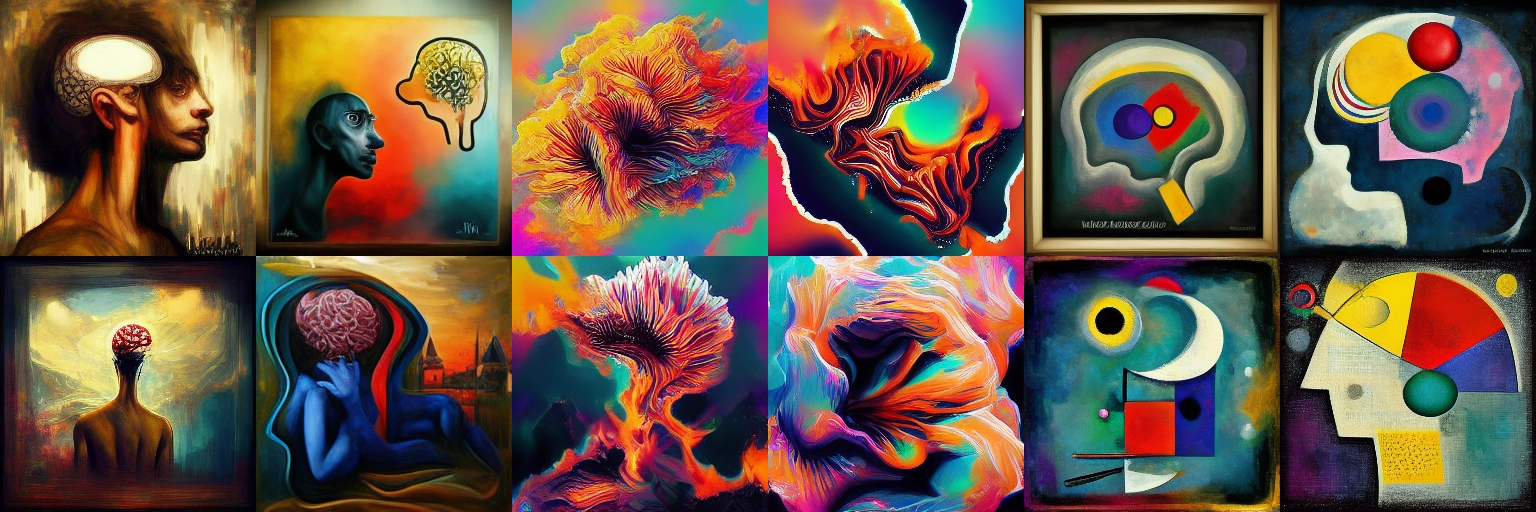Master's Thesis
People are incredibly flexible and efficient inductive reasoners. How can we model this ability computationally? In my thesis, I propose two hypotheses: people may operate over an incredibly vast language which is made tractable via a strong bottom-up proposal model, or people may learn task-specific languages to reason over.











